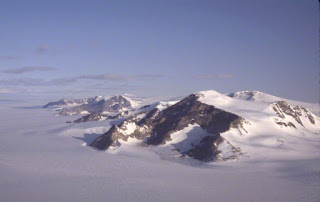 |
FORCE team members at Mt. Bitgood.
Photo © Steve Tucker
|
Now that we are getting a new U.S. president it’s worth asking how Trump sees the science of climate change. On the campaign trail, he called it a hoax. And he vowed to tear up the Paris Climate Agreement. He may be waffling a bit now – we’ll see, but the question I have is how did we get here? How did a man who will lead us and the world end up thinking so little if at all of climate science and climate change? It turns out he’s not the only one who got fooled. Here’s the story.
The New York Review of Books published an essay this week1 (first of two parts) authored by two members of the Rockefeller Family Fund (RFF). The essay charges that ExxonMobil (Exxon) scientists knew about the rising threat of climate change and warned senior management that the company needed to heed these warnings. Instead ExxonMobil buried the findings under artificial argument, casting doubt on the science behind the findings – by their own scientists.
The RFF commissioned a group at the Columbia University Graduate
School of Journalism to look into the public record of what Exxon knew and
when, and what they then did. The Columbia group found that Exxon scientists
first reported the threat of climate change to their business and our planet in
1977. Several other Exxon studies and reports reinforcing these findings followed
through the decades. The article gives some powerful quotes from these scientists,
that show they found and understood the threats, and passed them on to Exxon executives.
A 1982 internal report by Marvin Glaser specifically warned of the melting of
the Antarctic Ice Sheet in the twenty-first century.
